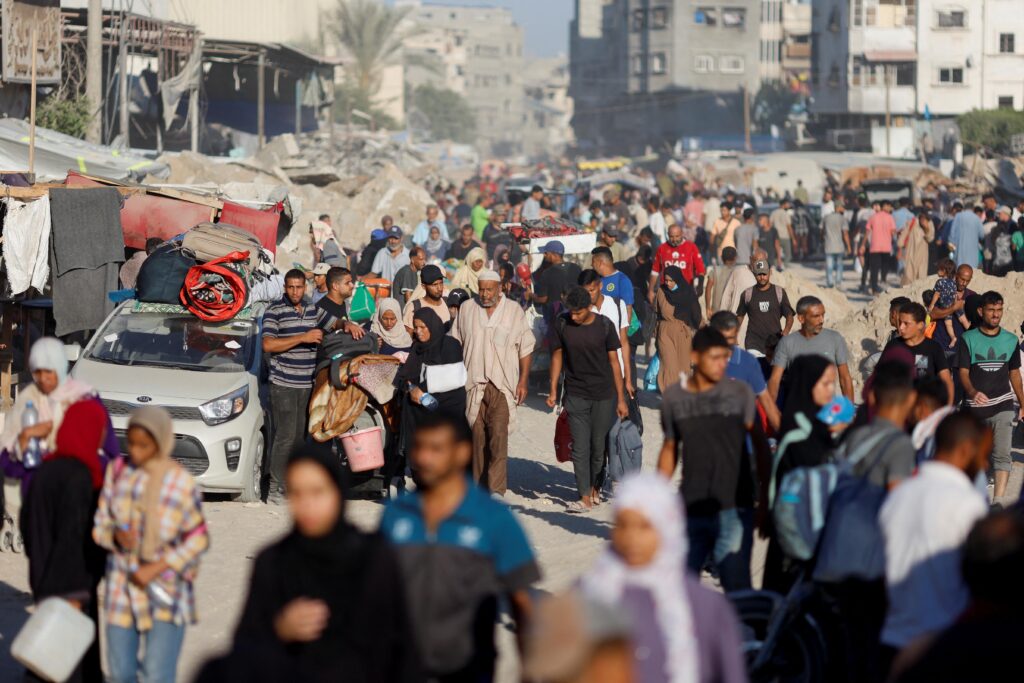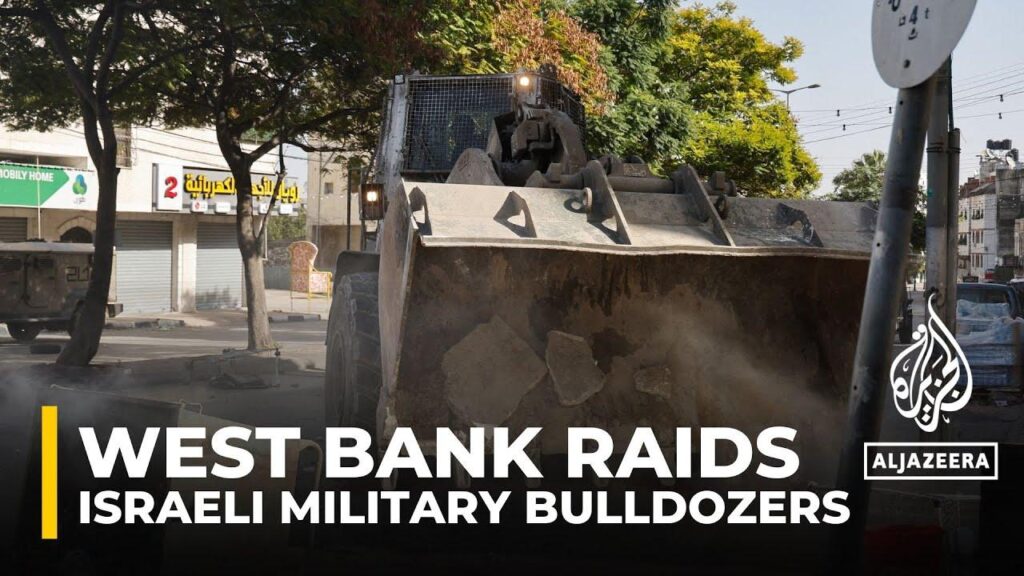In the shadow of escalating tensions and humanitarian concerns, the Gaza Strip stands on the precipice of a potential massive displacement. As Israeli forces contemplate relocating Palestinians to southern Gaza, a complex geopolitical chess game unfolds, with civilian lives hanging in the delicate balance between military strategy and human survival. Against this backdrop,voices within Israel are rising,calling for mass protests that challenge the current trajectory of the ongoing conflict,signaling a moment of potential internal reckoning and external scrutiny. Tensions are escalating in the ongoing conflict as Israel strategizes a controversial population movement amid intensifying military operations. The proposed displacement of Palestinians to southern Gaza represents a significant and potentially destabilizing tactical approach that has drawn international scrutiny and concern.
Military strategists are mapping out complex logistical plans to relocate civilians from northern regions, creating a humanitarian challenge that could dramatically alter the demographic landscape. The proposed movement involves intricate coordination between defense forces, humanitarian agencies, and local administrative structures.
Simultaneously, Israeli citizens are mobilizing through grassroots movements, organizing widespread demonstrations to express their perspectives on the current war. These protests reflect deep societal divisions and complex emotional responses to the prolonged conflict, with participants representing diverse political and ideological backgrounds.
The southern Gaza relocation strategy emerges against a backdrop of prolonged military engagement, where strategic territorial control and population management have become critical components of the broader conflict. Local and international observers are closely monitoring the potential humanitarian implications of such a massive population transfer.Complex geopolitical dynamics are at play, with regional and global powers closely watching the unfolding situation. Diplomatic channels are working overtime to navigate the delicate balance between military objectives and humanitarian considerations, seeking potential avenues for de-escalation.
Humanitarian organizations are expressing significant concerns about the potential displacement,emphasizing the psychological and physical risks associated with forced relocation. Infrastructure limitations, access to essential services, and potential long-term demographic shifts are among the critical considerations.
The proposed movement is not just a military tactical decision but represents a multifaceted geopolitical strategy with far-reaching consequences. It highlights the intricate challenges of managing territorial conflicts in densely populated regions where civilian populations are directly impacted by military and political decisions.
International legal frameworks are being closely examined to assess the potential implications of such a population movement. Human rights organizations are preparing comprehensive documentation and potential intervention strategies to protect civilian populations.
The unfolding scenario underscores the complex nature of contemporary geopolitical conflicts, where military strategies, humanitarian concerns, and political negotiations are intricately intertwined. Each decision carries profound implications for immediate and future regional stability.
As discussions and preparations continue,the international community remains vigilant,anticipating potential developments that could substantially impact the region’s geopolitical landscape and the lives of thousands of civilians caught in the midst of this complex conflict.









